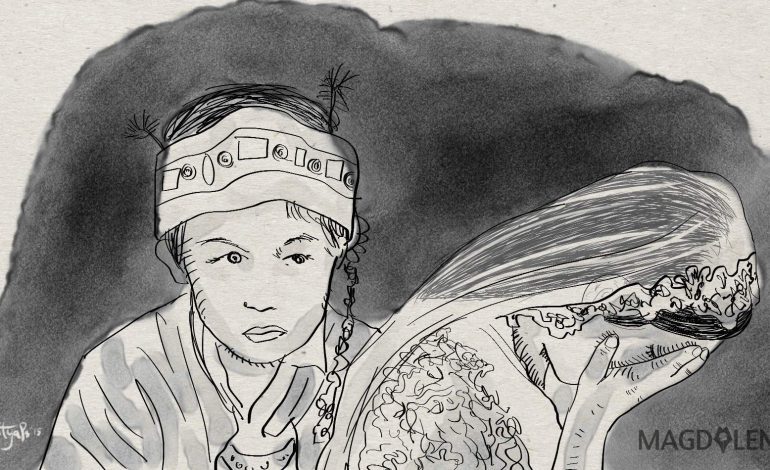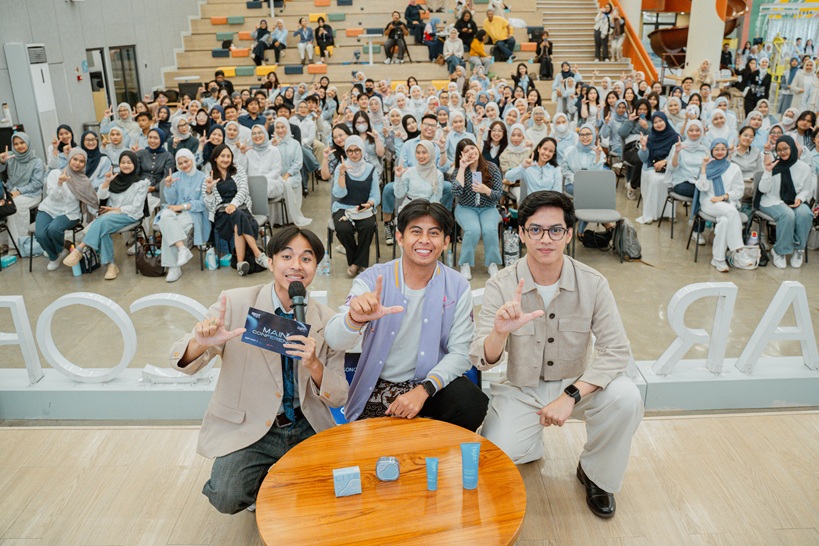Forced Industralization Leave Women Impoverished

Kartini fought against the inhumane colonial practice “cultuurstelsel” that exploited human beings, but over a century later, oppressive practice in the name of economic prosperity continues, as shown in the much controversial construction of cement factory in the Kendeng region in Central Jawa.
On Kartini Day last week, the National Commission on Violence against Women and the women of Kendeng, who have been at the forefront of the resistance against a cement factory in their region in Rembang district, called on the government to end its development agenda that prioritizes investment over the lives of the people and that benefits only a group of people while oppressing others,
Forcing industrialization in areas whose economy relies on agriculture will result in the impoverishment of farmers, particularly women farmers. The women said the state development practice robs women of their access to justice and strip them off their social lives, their lands and their livelihood.
“The government needs to understand that we farmers are already living in prosperity. Establishing cement factories would not improve our lives, but only cause more unemployment,” said Sukinah, one of the women farmers, during the press conference which took place at Komnas Perempuan.
Komnas Perempuan Commissioner Adriana Veny Aryani argued that industrialization is not always better for the locals compared to agriculture-based economy. She pointed out that cement factory workers are mostly brought from outside the area, so the available jobs are not merely for the locals whose lands have been taken by the manufacturer.
In addition, areas with no cement factory has higher Human Development Index (HDI) compared to areas that has a cement factory, she said. For instance, in 2015 the HDI of Rembang is at 68.17, Pati at 68.51, and Grobogan at 68.15. In comparison, Tuban, which has had cement factory since 1950s, has a lower HDI at 65.01. Similarly, Gresik, also the site of a major cement factory, has a relatively lower HDI compared to Blitar and Lamongan.
“Having a cement factory in the village doesn’t actually guarantee an improvement like it is always claimed,” she added.
Living as factory workers is also not as a secure as being a farmer, she said.
“The company can fire us whenever and however they feel like it once they don’t need us anymore. But nature will employ us forever,” she said.
Contrary to the perception built around these women, they are neither ignorant nor anti-development.

Said Yuniyanti Chuzaifah, the Vice Chair of Komnas Perempuan: “They thought that these women are backwards; they argue that these women are anti-development. Actually, these women know their rights, they also know their home so well. They are aware of how many caves and water resources around their area that weren’t mentioned in the AMDAL (Environmental Analysis Assessment) made by the cement factory. They know exactly how much loss they would have to deal with if they don’t fight back,” she explained.
Through farming, for example, Giyem, one of the Kendeng women, was able to raise her children and pay for their education. One of her children had even obtained a postgraduate degree.
“We really hope that Kendeng can continue to exist, we hope we can all live peacefully without the cement factory,” said Giyem.
Read Magdalene’s Primer on the women of Kendeng.






















